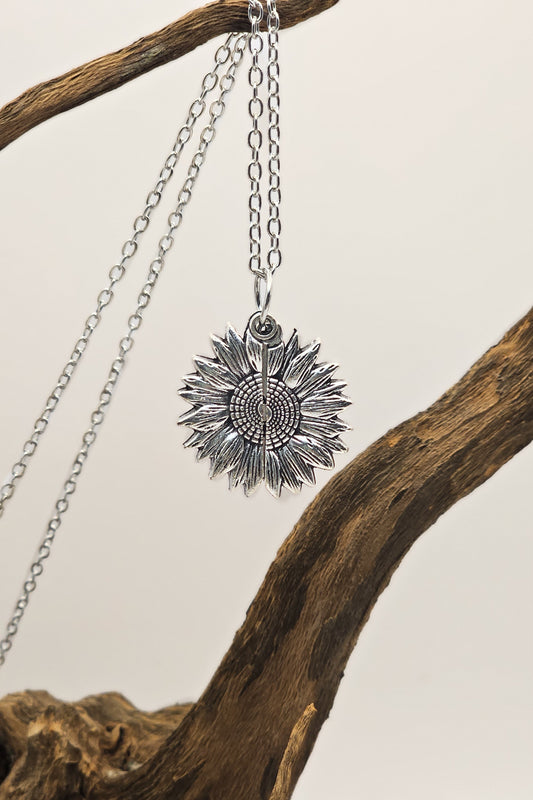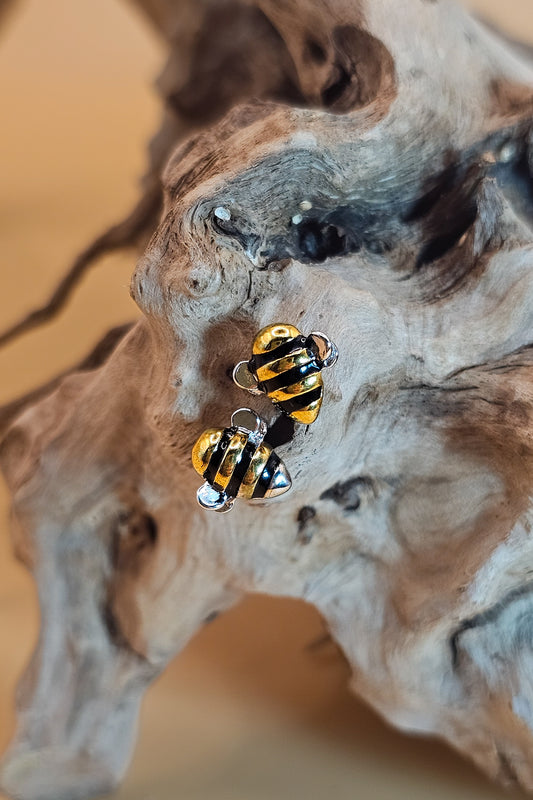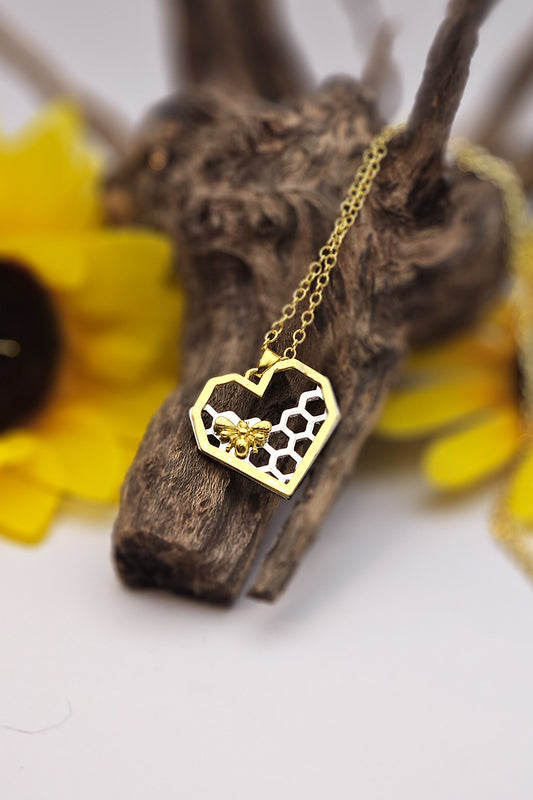Today is Day 3 of our exploration about the most incredible pollinating insect the world has ever know: the bee.
There are many types of bees. Most coverage of bees in the western world revolves around honey bees and bumble bees. Today we will look at both of these incredible pollinators.
Fermented honey has been used to make a type of wine called mead since at least 7,000 years ago in China.
Manuka honey kills antibiotic-resistant bacteria and is used sometimes in New Zealand hospitals for skin grafts.
A single worker honeybee produces around 1/12 teaspoon of honey in her lifetime.
Honeybee foragers must fly around 55,000 miles to produce a pound of honey.
Honeybee foragers visit around 2 million flowers to collect enough nectar to make a pound of honey.
A 12-ounce jar of honey takes 864 bees their entire lives to make the honey that goes inside it.
This 3:20-minute video by Health Apta shares some facts about bumble bees:
To taste food, honeybees use their tongue, front feet, jaw, and antennae.
The tips of a honey bee’s antennae have over 300 taste sensors.
Honey bees eat pollen and nectar but if food is scarce they may eat insect secretions or fruits like grapes and plums.
Honey has an unlimited shelf life when properly stored. It can last thousands of years, like the honey found in King Tut’s tomb in Egypt.
Honey is used as a treatment for coughs and colds in some countries.
Honeybees are the only insects that make a food eaten by humans.
Bees on cocaine turn into liars according to a 2008 study. Cocaine caused bees to ‘dance extremely vigorously’ after visiting a feeder of sugar solution. They acted as if the sucrose solution was way higher quality than it really was.
Honeybees are not native to North America. They were introduced to this continent from Europe in the 1600s.
Bumble bees are indigenous to the USA. These native bees are social and live in colonies of 50 to 500 bees.
All bumble bees in a colony die in late fall except the new queen that hibernates all winter and emerges in spring.
Bumblebees specialize in “buzz pollination” which is a unique feat where they vibrate flowers to shake pollen out of them.
There are 49 species of bumble bees in North America and one-third are in decline.
Some major hazards to bee survival are pesticides, habitat loss, diseases, pollution, starvation, monocultures, and competition for limited resources.
The best gift you can give bees are dandelions, clover, non-GMO nectar-rich flowering plants and a slightly shabby pesticide-free garden with weeds and water.








